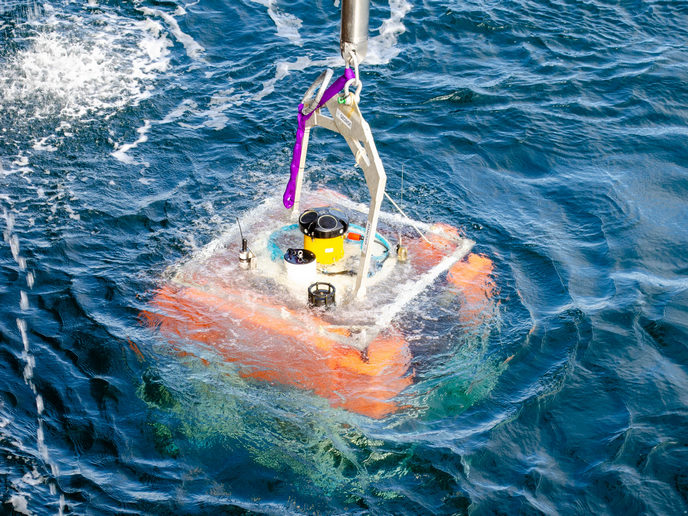Sucking DNA straight out of the air
The world’s biodiversity is in sharp decline. Human expansion, exploitation and transformation of the planet – including through climate change – is threatening the natural world. Countering this looming catastrophe requires first knowing what is still there, and how life on Earth is changing. Conventional monitoring methods can be time-consuming and expensive. One promising new technique is through environmental DNA (eDNA), a method that can reveal what exists in a certain location based on the DNA left behind by plants, animals and other life forms. While eDNA analysis has emerged as a powerful tool for monitoring aquatic ecosystems, its effective use on land has been harder to achieve due to its highly distributed nature on surfaces. In the EU-funded AIRDNA project, Fabian Roger(opens in new window), postdoctoral researcher at ETH Zurich, investigated new technology able to capture environmental DNA from animals and other taxa using air samplers. “One of the reasons why air DNA sampling is so promising is because air can be seen as water above land,” says Roger, a member of the research team of Kristy Deiner(opens in new window), assistant professor in the Department of Environmental Systems Science at ETH Zurich. “DNA and the particles that carry it are so small that they stay afloat in the air, which gives us a well-mixed representative sample, much like water,” he adds.
Testing airborne samplers
One goal of the project was to test a range of airborne eDNA samplers as tools for monitoring organisms across the tree of life, including fungi, bacteria, vertebrates, arthropods (insects) and plants. At eight different locations in Switzerland, the researchers tested six different active air samplers, and successfully extracted DNA using all samplers. The results indicate that longer sampling durations, rather than air volume, resulted in detection of a higher number of species.
Co-opting airborne sampling networks
The project, undertaken with the support of the Marie Skłodowska-Curie Actions(opens in new window) programme, also explored whether such information was already being captured by existing air filter stations, which monitor particulate matter for public health. To do this, the team had to design and validate a new DNA extraction protocol. In the process, they uncovered a trade-off between extracting DNA from organisms with and without hard cell walls. The team adapted the protocol, and are working to successfully apply it in the context of these air monitoring stations. A third arm of the project was to test if this network could detect an invasive pathogen responsible for ash dieback across Europe. Analyses are still under way, though preliminary results show great potential.
Showcasing the potential of airborne eDNA
The team hope the results will further convince the scientific community of the potential of airborne eDNA as a solution for scalable biodiversity monitoring. “Sampling air can be easily automated, easily deployable and can provide very rich information on biodiversity and single species,” notes Roger. This is especially true in urban areas, he adds, where most air monitoring stations are located. Roger is now creating a start-up to offer airborne eDNA monitoring for biodiversity monitoring and biosurveillance. “My hope is that we will be able to develop the technology faster and at larger scales, as the urgency of the biodiversity crisis requires solutions today rather than tomorrow,” he says.







